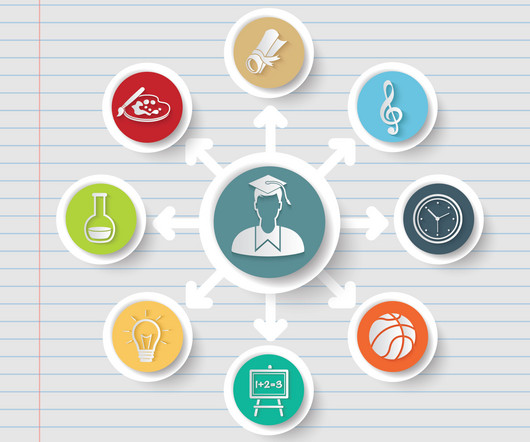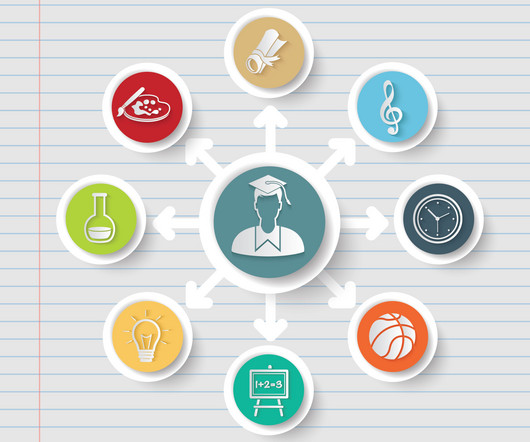Integrating Systems Thinking to Enhance Liberal Arts Curriculum through Learner-Centered Teaching
Faculty Focus
JUNE 22, 2025
Additionally, it cultivates intellectual and practical skills, including inquiry and analysis, critical and creative thinking, written and oral communication, quantitative literacy, information literacy, teamwork, and problem-solving. The “Thinking” in Systems Thinking: Seven Essential Skills (Pegasus Communications, Waltham, MA).
















Let's personalize your content